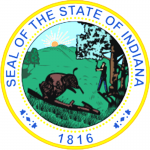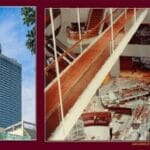- Course No E – 1299
- PDH Units 3.00
No data found for Custom Course Number
No data found for Custom Course Units
- Course No E – 1299
- PDH Units 3.00
Intended Audience: engineers involved in renovation work of older homes or child-occupied facilities
PDH UNITS: 3
This course describes lead-safe work practices associated with renovation of homes or child-occupied facilities built before 1978. Lead-safe work practices are a group of techniques that reduce the amount of dust produced by renovation activities. When used correctly, these practices make the work area safer for workers and the home safer for residents after renovation is complete. The course provides a practical, seven-step approach that covers all phases of renovation involving lead-based paint. This course is based on the U.S. Environmental Protection Agency document, “Steps to Lead Safe Renovation, Repair and Painting,” (http://www.epa.gov/lead/pubs/brochure.htm).
Learning Objectives
At the successful conclusion of this course, you’ll be able to identify and discuss:- Prevalence of lead-based paint in older homes
- Health effects of lead
- EPA’s Renovation, Repair and Painting rule
- Differences between EPA and HUD regulations
- Determining if lead-based paint is present
- Setting the job up safely
- Worker protection
- Procedures to minimize dust
- Leaving the work area clean
- Proper waste disposal
- Cleaning verification procedure or clearance
Once completed, your order and certificate of completion will be available in your profile when you’re logged in to the site.










